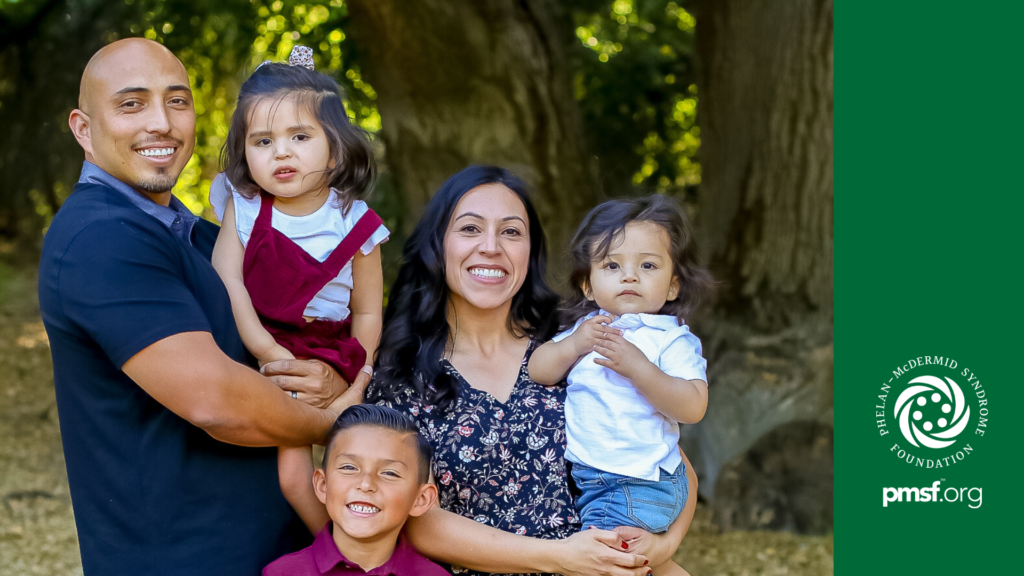
What is an ICD code?
An ICD code is essentially a label, or classification, that goes into a patient’s medical record. It can notate things such as a diagnosed condition, a procedure, or a device. This code is used universally between clinicians and is used to track data associated with that diagnosis. This could be treatments used, number of people diagnosed, and other important public health data. You will sometimes see this ICD code referred to as ICD-10-CM, because this is the 10th iteration of codes. ICD-10 is the current version being used in the U.S.
Why didn’t we have our own code before?
The medical coding system is always evolving. As new conditions and new treatments are identified, new codes are added or amended. Rare diseases often don’t have their own codes until a specific effort is made to apply for one. This process can be long and challenging, and patient advocacy groups are not always successful in receiving a code. In the meantime, diagnoses without their own code are lumped in with other disorders in general categories, such as “deletions on a chromosome.”
What does having our own code mean for families?
Having our own code means that data on Phelan-McDermid syndrome diagnosis, management, and treatment goes into its own bucket where it can be easily analyzed – without being muddled by data from many other disorders that it impossible to pull apart. Over time, this data is critical for things like:
-
- Insurance claims and better coverage for treatments and services (over time as more symptoms are connected with the code)
-
- Counting everyone with Phelan-McDermid syndrome in the U.S.
-
- Cataloguing the economic burden of Phelan-McDermid syndrome to argue for better supports
-
- Providing pharmaceutical companies with information needed to launch a drug program in Phelan-McDermid syndrome
-
- Standardizing treatments and communications between clinicians
What does it NOT mean?
Having a code for Phelan-McDermid syndrome does not mean that more doctors will recognize Phelan-McDermid syndrome immediately, or that more services will be covered by insurance in the short term. The ICD code is critical for tracking important information over time. It will likely take years to see the significant impacts of the code being used more often.
How should the code be used? How can you help?
Ask your clinicians (both primary care and specialties), to use code Q93.52 at any medical encounter with someone with Phelan-McDermid syndrome. Additional codes for specific symptoms should also be used, such as autism spectrum disorder (F84.0), degree of intellectual disability (F70-F79), epilepsy or recurrent seizures (G40.-), lymphedema (I89.0), and others. Ask your clinicians to inform their teams and their colleagues.
Can the code be used internationally?
What were the steps taken to get a specific code?
-
- PMSF successfully applied for funding from the EveryLife Foundation to support these efforts
-
- A medical coding expert was hired to help direct the process alongside Scientific Director Dr. Kate Still
-
- An application was drafted to the Centers for Disease Control and Prevention (CDC), detailing scientific evidence for why PMS is a distinct disorder and needs its own code
-
- The application was circulated to PMSF medical advisors for their input
-
- PMSF was invited to present to the CDC. PMSF asked Dr. Curtis Rogers, founding member of PMSF and long-term PMS clinician to give this presentation
-
- Dr. Rogers presented t.o the CDC Coordination and Maintenance Committee meeting in September 2022. These meetings occur twice a year where cases are presented for new codes
-
- Dr. Still requested letters of support from medical advisors to be sent into the CDC
-
- The application, presentation, and letters were reviewed by medical coders and clinicians and officially approved in April 2023
What are the next steps?
PMSF plans to make sure this ICD code is widely used. We also plan to learn exactly how data can be tracked, and how this can be leveraged to push forward science and medicine in PMS. PMSF will collaborate with other organizations who have received a code. We will educate the community over time, and let you know what you can do to help. Updates will be in the newsletter, on social media, over email, and a special episode of Convos with Dr. Kate (our podcast) will be dedicated to this topic.
Special thanks to Dr. Kate Still at PMSF, Linda Holtzman at Clarity Coding, Dr. Annie Kennedy at the EveryLife Foundation, Dr. Curtis Rogers, all of PMSF medical and scientific advisors, PMSF leadership including CEO Ronni Blumenthal, and to all of you – the families, without whom this would not have been possible.
